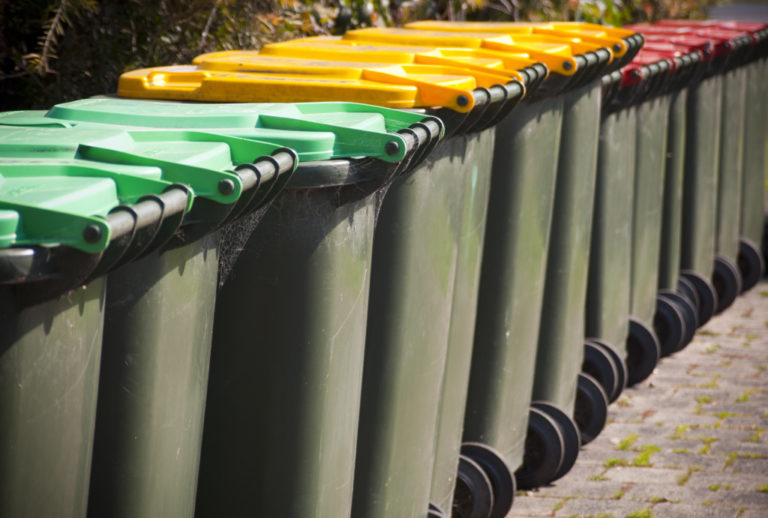We produce lots and lots of waste, and the numbers just keep on growing. We also recycle the least.
If we want to leave behind a better world for our children, we need to recycle more and generate less waste. It could be as simple as repairing recycling equipment so that it would last longer or starting a compost pile for organic waste.
According to the Environmental Protection Agency, Americans produced a total of 268 million tons of waste in 2017. That’s nearly three times the global average. And only 67 million tons or 35 percent of solid waste were recycled. The rest was dumped in landfills or exported abroad. In comparison, Germany recycled 68 percent of its solid waste.
Many households don’t practice waste management. It involves reusing, recycling, and reducing the amount of waste we generate. Here are a few waste management tips you can do at home.
1. Classify your waste
The foundation of waste management is waste classification. Waste can be separated into different types, such as hazardous waste, recyclable waste, solid nonrecyclable waste, and organic waste. Every kind of waste should have its own container.
Some types of waste, such as hazardous waste, require specialized bins for protection and to keep pests out. Organic waste can be disposed of in a compost pile while recyclable garbage can be stored in a cool, dry place.
2. Separate your waste
Do not put all your waste in one giant garbage bin. Always have separate bins for each type of waste and dispose of them according to its classification.
To make things more simple, you can color-code your bins for convenience: green for organic waste, black for hazardous waste, red for solid nonrecyclable waste, and a different container for recyclables (e.g., paper, glass bottles, metal cans).
3. Find a way to utilize food waste

Most of the food we produce ends up in trash bins and landfills. They often end up in landfills, where they attract pests and wildlife. Having a food waste plan in place will reduce the sources of food for pests. For instance, you have a separate bin for food scraps, which you can then put in your compost pile.
4. Reduce your waste
Identifying and sorting waste is useless if you still generate a lot of it. If you want to make a difference, you should fix it at the source. Avoid using disposable materials and only buy what’s necessary.
You could avoid buying items that have a lot of plastic or paper packaging. You can also purchase food and other essentials in bulk. Bring your own reusable bag when shopping and turn down offers of plastic or paper bags. Instead of buying bottled water, carry a reusable bottle with you instead.
Having a waste management plan in place can reduce the amount of waste you send to landfills. Make sure you know how to identify and sort waste before disposing of them. Invest in color-coded plastic bins for easier identification and keep them covered at all times.



